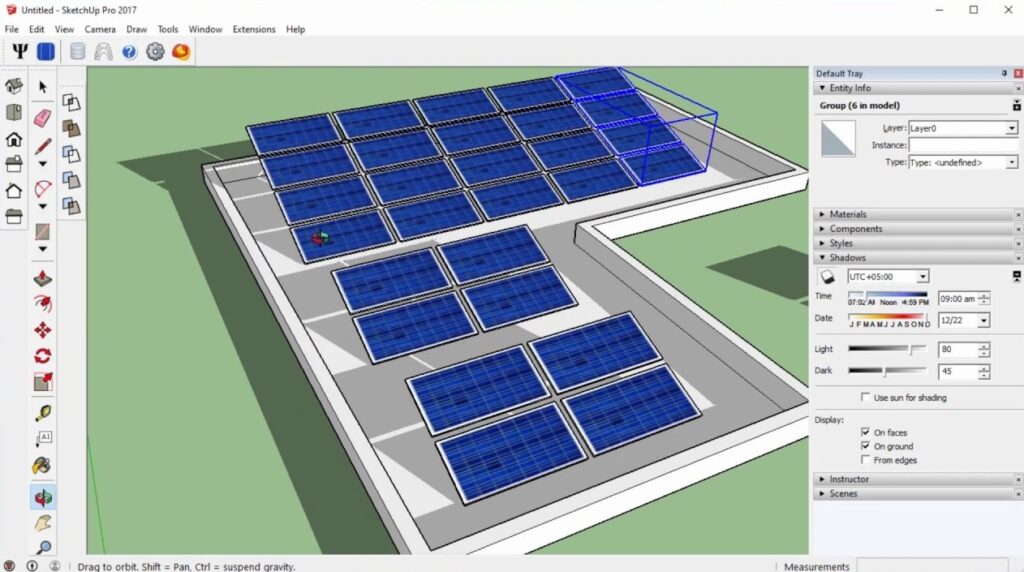The efficiency of solar energy systems depends heavily on their design and installation, making 3D modeling for renewable energy projects an essential part of the development process. Through solar panel system design with FreeCAD, engineers can create highly accurate digital representations that account for countless variables affecting performance. These models enable precise calculations of energy production based on panel orientation, tilt angles, and potential shading obstacles.
Modern solar installations require careful consideration of geographic location and seasonal sun paths. With open-source CAD for green design tools like FreeCAD, designers can simulate the sun’s movement throughout the year, identifying optimal panel placements for maximum energy capture. This level of precision is particularly valuable for commercial-scale installations where even small efficiency improvements translate to significant financial returns.
Shading analysis represents one of the most powerful applications of 3D modeling for green technologies in solar design. By creating detailed models of surrounding structures, vegetation, and terrain, engineers can predict how shadows will affect different parts of the array at various times. FreeCAD’s simulation capabilities allow designers to test multiple configurations virtually, minimizing energy losses due to shading before any physical installation begins.
The structural aspects of solar installations benefit equally from FreeCAD for renewable energy design. Engineers can analyze load distributions, wind resistance, and mounting system integrity within the same software environment used for energy production modeling. This integrated approach ensures that solar arrays are not only efficient but also durable and safe under various environmental conditions.
For architects integrating solar technology into buildings, 3D models for sustainable architecture created in FreeCAD enable seamless blending of form and function. The software allows visualization of how photovoltaic elements will appear on different surfaces, helping maintain aesthetic appeal while maximizing energy production. This capability is revolutionizing green architecture energy efficiency design, where solar integration is becoming a standard rather than an afterthought.
The economic benefits of FreeCAD for building energy efficiency in solar design are substantial. By identifying the most efficient configurations before installation, projects can reduce material costs, minimize labor requirements, and optimize long-term energy production. These savings make solar energy more accessible and accelerate the transition to renewable power sources.
As solar technology continues to advance, with innovations like bifacial panels and solar tracking systems, the role of 3D modeling for renewable energy projects will only grow in importance. FreeCAD’s adaptable platform ensures it will remain at the forefront of these developments, providing the tools needed to design the solar installations of tomorrow.

